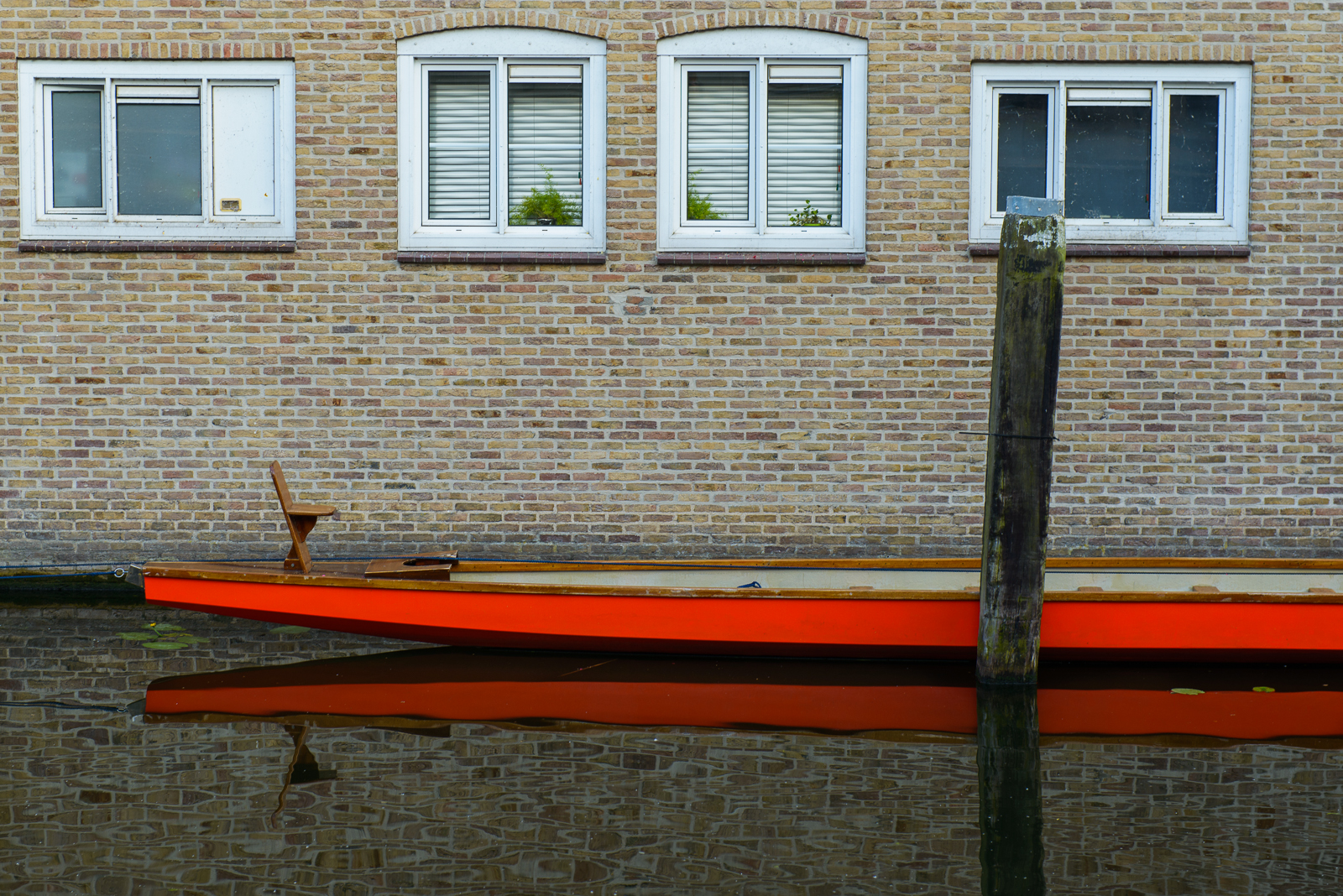In the previous post I have written about my not so successful approach to photograph a specific landscape. It gave me some food for thoughts about the more systematic approach to the landscape photography that would increase my chances of taking a good picture (or pictures) during the session.
Here some of my findings so far, that have worked during my last two sessions and I will keep using them in the future.
Here some of my findings so far, that have worked during my last two sessions and I will keep using them in the future.
Choose the theme, scout for a location
I found out that pre-selecting the theme in advance helps a lot to keep on focused during the whole process. For instance, for my last two sessions I took the river as a main theme. It limited my location scouting area to the banks of the rivers I wanted to photograph. But why is the scouting important at all? Isn't it just enough to select a point on a map, go there and try to take a shot? In my opinion, it does not work because it introduces too many uncertain factors during the actual shooting resulting in less time spent on actual photographing and composing the pictures.
I start scouting by determining a time of the day of the session. For instance, knowing it will be in the early morning I can start looking for a right place being in a radius of, say, 1 hour car driving. Once I know the approximate location, I start studying the maps of the area to determine the following aspects:
- is the terrain accessible for walking?
- how far from the location can I park the car?
- what would be a location of the sun at the location?
While first two questions are more technical, the third one requires some kind of pre-visualisation of the scenery I'd like to photograph. I wanted to take some photos where the sun would be directly visible on the picture, together with a river and its banks and a deep perspective. And I wanted to take photos at dawn. It determined the orientation of the river in the approximate direction of east-west.
To make it more accurate, I also checked the azimuth of the rising sun at the planned day of the session. To determine the azimuth of sun I use a smartphone application called Astroid which is simple to use and accurate (other applications, like Sundroid would also do the job).
Having all those factors in mind I started studying the maps (by using Google Maps) looking for the proper location:
Don't forget to check if the Street View mode is available for a given location. It can give you a lot of information about the terrain.
Be on time, have a reserve location (plan "B")
It doesn't matter how well one prepares the location, the actual situation can be unattractive and disappointing for shooting. So it was in this case. On location I have found really flat, boring landscape:
Since I have planned my trip to be on location about 45 minutes before dawn, I had some time to take a corrective action. I knew by studying the maps that a few kilometers further there is another place with different landscape. So I took a quick decision to get into my car and go there. And there I have found the good spot:
Look around, think about future sessions
After the main shooting was done, I have taken a small round-trip ride in the neighbourhood of the location looking for the interesting places. And I have found enough places to plan another assignment:
Take notes after shooting
After successful session I take notes describing the places photographed, conditions on location, conditions in which a photo has been taken. I do it on the day of shooting, after coming home, while the memory is fresh and full of details.





No comments:
Post a Comment